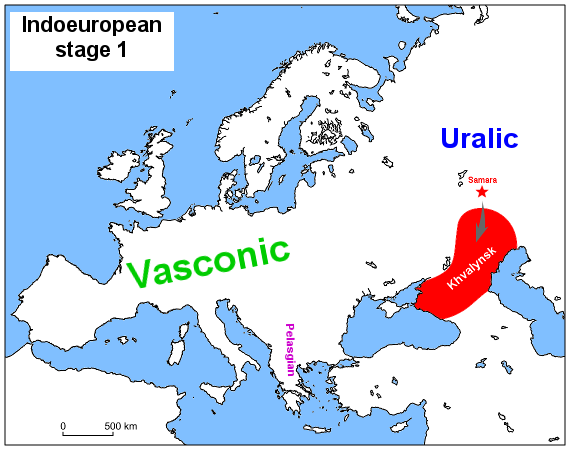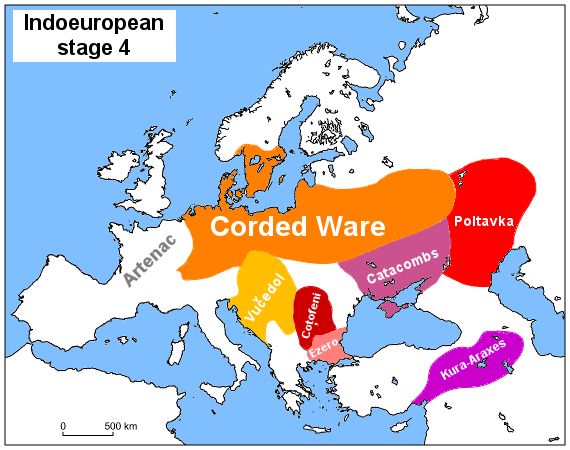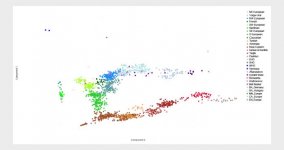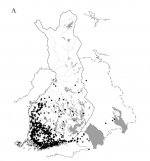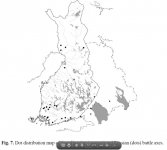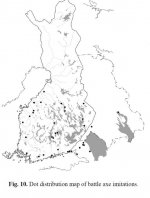David Anthony, "The Horse, the Wheel, and Language" (on PIE origins), writes this about Khvalynsk culture:
https://books.google.pl/books?id=0F...h3WUgda#v=onepage&q=Khvalynsk culture&f=false
Khvalynsk was likely one of early PIE cultures, together with Sredny Stog and Repin (Repin = ancestral to Yamnaya).
Actually, David Anthony wrote that PIEs had close relations with Proto-Kartvelians, but even closer with Proto-Uralics:
"(...) The Semitic and Caucasian vocabulary that was borrowed into Proto-Indo-European through Kartvelian therefore contains roots that belonged to some Pre-Kartvelian or Proto-Kartvelian language in the Caucasus. This language had relations, through unrecorded intermediaries, with Proto-Indo-European on one side and Proto-Semitic on the other. That is not a particularly close lexical relationship. If Proto-Kartvelian was spoken on the south side of the North Caucasus Mountain range, as seems likely, it might have been spoken by people associated with the Early Transcaucasian Culture (also known as the Kura-Araxes culture), dated about 3500–2200 BCE. They could have had indirect relations with the speakers of Proto-Indo-European through the Maikop culture of the North Caucasus region. Many experts agree that Proto-Indo-European shared some features with a language ancestral to Kartvelian but not necessarily through a direct face-to-face link.
Relations with the speakers of Proto-Uralic were closer. (...)"
This suggests that Proto-Indo-Europeans lived in areas located between Proto-Uralics and Proto-Kartvelians.
Proto-Kartvelians lived in the Caucasus region, right? But do we know where did Proto-Uralics actually live ???
Did Proto-Uralics live somewhere close to the Ural Mountains, or in a completely different place?


